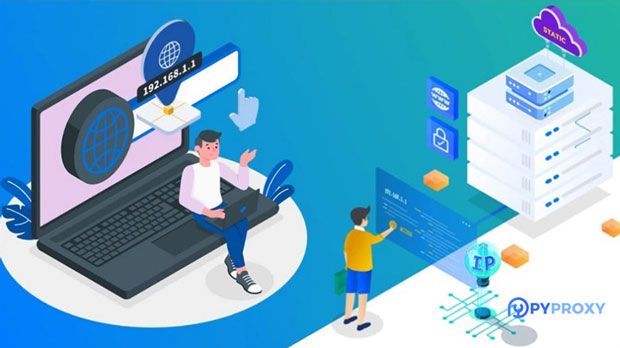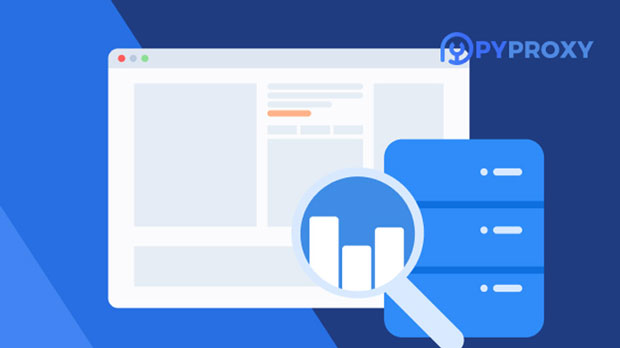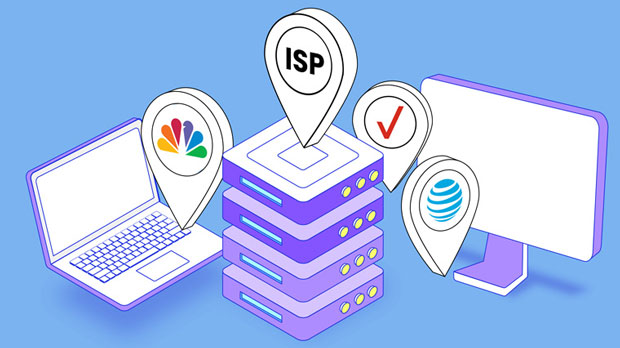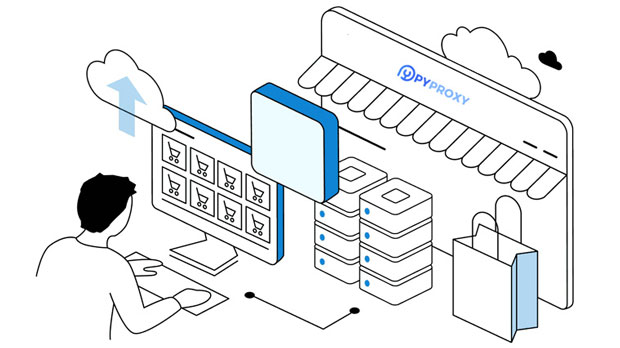In today’s increasingly connected digital world, the ability to integrate proxy services via APIs has become a critical feature for businesses and developers. PYPROXY, a prominent proxy server provider, has garnered attention for its robust services in this domain. However, a common question among potential users is whether Pyproxy’s proxy server website supports API integration. This article delves into this inquiry, exploring what API integration entails, how it works with proxy servers, and whether Pyproxy offers this capability. A detailed analysis will provide a deeper understanding of its practical applications and value for users. Understanding API Integration in Proxy ServersBefore examining whether Pyproxy supports API integration, it's essential to grasp what API integration is and how it relates to proxy servers. API, or Application Programming Interface, allows different software systems to communicate with one another. In the context of proxy servers, an API integration would enable external applications or systems to programmatically interact with the proxy service, automating tasks such as IP rotation, web scraping, or bypassing geographical restrictions.This capability is particularly valuable for developers, businesses, and organizations that need to manage large-scale proxy networks efficiently. By using API integration, users can automate processes that would otherwise require manual intervention, saving time and ensuring consistency in operations.How API Integration Works with Proxy ServersAPI integration with proxy servers typically involves a series of HTTP requests and responses. When a user or application makes a request to the proxy server’s API, it retrieves information or performs specific actions based on the provided parameters. For instance, a user might send a request to rotate IPs, scrape data, or configure proxy settings in real-time.A well-designed API should offer flexibility, enabling users to perform a wide range of tasks, such as:- Rotating IPs: Automatically switching between different proxy ips to avoid detection or blocking by websites.- Configuring Proxy Settings: Adjusting the configuration of proxies based on specific requirements, such as geographic location or anonymity levels.- Monitoring Proxy Usage: Tracking the performance and usage statistics of proxies in real-time.- Managing Sessions: Initiating or terminating proxy sessions based on user needs.API integration essentially allows these actions to be automated, providing a seamless, real-time interaction with proxy services.Pyproxy and API Integration: Does It Support It?Now, let's turn our attention to Pyproxy and explore whether it provides API integration for its proxy server website. As of the latest available information, Pyproxy offers API integration support. This feature is typically included as part of their premium service packages, allowing users to integrate proxy management functions directly into their applications or systems.The integration process involves connecting with Pyproxy’s API through secure authentication methods. Once connected, users can perform various actions programmatically, such as managing proxies, monitoring usage, and rotating IPs. Pyproxy provides detailed documentation on how to utilize its API, making it accessible for developers and businesses seeking to automate their proxy usage.Benefits of API Integration with PyproxyThe inclusion of API support in Pyproxy’s offerings brings several key advantages to users:1. Automation: API integration allows for the automation of various proxy-related tasks, such as IP rotation, data scraping, and session management. This reduces the need for manual intervention and enhances operational efficiency. 2. Scalability: For businesses or developers managing large-scale proxy networks, APIs make it easier to scale operations. Whether you're handling hundreds or thousands of proxy requests, an API can handle it with ease, ensuring consistent performance.3. Real-Time Management: With API integration, users can manage proxies in real-time, adjusting settings or changing configurations as needed without manually accessing the Pyproxy website. This feature is particularly useful for developers who require dynamic and flexible proxy usage.4. Customization: APIs allow for greater customization, enabling users to tailor their proxy settings according to specific needs. For example, users can configure proxies to work in specific regions or rotate through different IPs based on predetermined criteria.5. Efficiency in Data Collection: For businesses engaged in activities like web scraping or data collection, API integration allows for faster and more efficient data retrieval. By automating proxy management, companies can focus on the core aspects of their operations.Potential Challenges of API Integration with Proxy ServersWhile API integration offers numerous benefits, there are also some challenges to consider:1. Security Concerns: As with any API integration, security is a primary concern. It is crucial that users ensure the API connection is secure and that sensitive data, such as authentication credentials, is protected. Pyproxy takes steps to safeguard user data, but users must also implement additional security measures.2. Complexity for Beginners: For those unfamiliar with API integration, the setup and usage may seem complex. While Pyproxy provides documentation, understanding how to integrate and utilize an API effectively can take time and technical know-how.3. Rate Limiting and Throttling: Depending on the service package, Pyproxy may impose rate limits or throttling on API usage to prevent abuse and ensure fair access for all users. Businesses managing high volumes of proxy requests should be aware of these limitations and plan their usage accordingly.4. Costs: Premium services that offer API integration typically come at a higher cost compared to basic proxy services. Users should weigh the benefits of API integration against the additional expenses to determine if it aligns with their needs and budget.How to Get Started with Pyproxy’s API IntegrationGetting started with Pyproxy’s API integration is a straightforward process, but it does require a few initial steps:1. Sign Up for a Premium Plan: To access API integration, users must sign up for one of Pyproxy's premium service plans. These plans usually come with additional features, including API support.2. Obtain API Keys: After signing up, users will receive unique API keys, which are required to authenticate requests. These keys should be kept secure and used when making API calls.3. Review Documentation: Pyproxy provides comprehensive API documentation, which details how to interact with the API, make requests, and handle responses. It’s essential to read this documentation thoroughly to understand the available functionalities.4. Start Making API Calls: Once everything is set up, users can begin making API calls to manage their proxy servers. This includes rotating IPs, configuring settings, monitoring usage, and more.ConclusionIn conclusion, Pyproxy does indeed offer API integration for its proxy server website, providing significant benefits for users looking to automate and scale their proxy management processes. With API support, users can enjoy enhanced flexibility, efficiency, and real-time control over their proxy networks. While there are some challenges, such as security concerns and the complexity of setup, the advantages of API integration make it a valuable tool for developers and businesses that rely on proxies. By leveraging Pyproxy’s API, users can unlock the full potential of their proxy services, enabling more streamlined operations and improved performance.
Oct 16, 2025



































































